
What Is a Mobility Scooter? A Guide to Features & Benefits
What is a mobility scooter? Here's the simple answer: it's an electric vehicle that gives people with walking difficulties the freedom to move around comfortably.
Whether you're running errands or visiting friends, these scooters help you stay active without relying on others.
With different sizes and features available, there's a perfect scooter for every need and lifestyle.
Want to learn more? Get the complete guide to scooter types, must-have features, and how they can transform your daily life with greater independence and freedom.
What Is a Mobility Scooter?
A mobility scooter is a battery-powered vehicle designed to assist individuals with mobility issues or difficulty walking or covering long distances. You drive it using handlebars, and you sit on a padded seat with a footrest.
Mobility scooters are primarily used by adults who have difficulty walking due to age, injury, or disability. You may see them in shops, parks, or even on sidewalks.
Compared to wheelchairs and power chairs, mobility scooters have some important differences:
-
Steering: Mobility scooters use handlebars to steer, while wheelchairs and power chairs usually have a joystick or push rims.
-
Seating: Scooters have a seat like a basic chair. Many power chairs come with more postural support.
-
Range: Most mobility scooters can travel longer distances from one charge than powered wheelchairs.
- Turning: Scooters usually need more space to turn compared to power chairs, which are better for tight indoor spaces.
Some mobility scooters can be used both indoors and outdoors. Others are made just for outdoor use. All of them run on rechargeable batteries.
Most scooters have three or four wheels, a control panel, a storage basket, and a simple speed control. You turn them on or off with a key or a switch. The speed is easily adjustable for safety.
Mobility scooters help you maintain your independence by making it easier to navigate your home or community if walking is challenging.
📌 Also Read: Mobility Scooter vs. Electric Wheelchair: Comparison Guide
Types of Mobility Scooters
Mobility scooters are available in various styles to suit different needs. Some are best for travel, while others are built for comfort or more challenging outdoor conditions. Each type has its own strengths and features.
1. Travel/Portable Mobility Scooters
Travel or portable scooters are lightweight and easy to carry or store. You can often fold or break them down into smaller pieces.
This makes them a good choice if you need a scooter for shopping, trips, or errands outside the home.
Most models weigh between 40 to 70 pounds. Many can fit in the trunk of a car or be carried as cargo on an airplane. They are designed for short trips on even surfaces, such as malls or sidewalks.
Key features include:
- Foldable or disassemblable frame
- Simple controls
- Shorter battery life (usually up to 10 miles per charge)
- Lower weight capacity (typically 250-300 lbs)
Travel scooters offer the most flexibility for transportation but may not perform as well on rough or uneven ground.
2. Mid-Size Mobility Scooters
Mid-size scooters give you more stability and comfort than smaller travel scooters. They often have larger seats and better suspension. These scooters strike a balance between maneuverability and support.
You can use them both indoors and outdoors. The turning radius is tight enough for store aisles or hallways, but the tires and build handle sidewalks or paved paths well.
Main advantages include:
- Comfortable seating and adjustable armrests
- Moderate speed and range (up to 20 miles per charge)
- Greater weight capacity (up to 350 lbs)
- Larger wheels for better outdoor use
If you need one scooter for both the house and short outdoor trips, mid-size models are a practical choice.
3. Heavy-Duty Mobility Scooters
Heavy-duty scooters are built for strength and performance. They can support more weight, often up to 450 lbs or more, and are made for rougher terrain.
Their design features large, sturdy wheels and stronger motors. You can use them on grass, gravel, or uneven sidewalks. They are less portable due to their size and weight but offer more stability and power.
Typical features include:
- Higher ground clearance
- Enhanced suspension for outdoor comfort
- More extended battery range (up to 30 miles per charge)
- Wide, supportive seats
A heavy-duty scooter is ideal if you require extra support or plan to use your scooter frequently outside, particularly in parks or on uneven terrain.
📌 Also Read: Electric Scooter Weight Limits
Key Features of a Mobility Scooter
Mobility scooters come with features designed to make your daily life easier and safer. Each scooter is slightly different, so it's essential to know what truly matters when selecting one.
👉 Battery Life: A good scooter has a battery that can last for several miles on a single charge. Most standard models offer a range of 10 to 20 miles. Some heavy-duty scooters can go even farther per charge.
👉 Speed: Scooters typically travel at speeds between 4 and 8 miles per hour. You can choose a slower speed for indoor use or a faster one for outdoor trips.
👉 Weight Capacity: The weight capacity refers to the maximum amount of weight the scooter can safely carry. Most scooters support between 250 and 350 pounds. Some heavy-duty options can hold more.
👉 Turning Radius: The turning radius is how tightly the scooter can turn. A smaller turning radius helps you navigate tight spaces, such as in a home or store. Typical turning radii range from 30 to 55 inches.
👉 Comfort Features: Look for adjustable seats and armrests. These help you find a comfortable position and make long rides easier.
👉 Portability and Storage: Some scooters fold or disassemble for easy storage and transportation. This is useful if you want to take your scooter in a car.
Table: Key Specs at a Glance
|
Feature |
Typical Range |
|
Battery Life |
10–20 miles |
|
Speed |
4–8 mph |
|
Weight Capacity |
250–350 lbs |
|
Turning Radius |
30–55 inches |
Benefits of Using a Mobility Scooter
Using a mobility scooter can make daily life easier and more comfortable if you have trouble walking long distances. These scooters are designed to support your independence and help you stay active in your community.
Key benefits include:
- Independence: You can go to shops, meet friends, or visit family without needing someone to push you or drive you. This can help you feel more confident and in control of your day-to-day life.
-
Comfort: Mobility scooters often have wide, padded seats and back support. Many let you adjust the seat or swivel to make it easier to get on or off.
Ease of Use: Most scooters are simple to drive. You do not need a driver’s license, and they can be used safely inside and outside. - Affordability: Compared to powered wheelchairs, mobility scooters are usually less expensive. They can be a cost-effective choice for those who do not need complex medical features.
- Flexibility: Many scooters come with baskets or storage, making it easier to carry groceries or personal items. You can use them for errands, appointments, or just getting fresh air.
|
Feature |
Mobility Scooter |
Wheelchair |
|
Main Use |
Longer distances |
Short distances |
|
Comfort |
High (padded, adjustable) |
Varies |
|
Independence |
Very good |
Good |
|
Cost |
Often lower |
Often higher |
These features can help you stay active, social, and involved in your daily routines.
Who Needs a Mobility Scooter?
A mobility scooter can be helpful if you have difficulty moving around due to age, illness, or injury. These scooters are designed to make daily tasks easier and provide you with more freedom.
You might need a mobility scooter if:
- You get tired or short of breath walking short distances
- You have trouble balancing or are at risk of falling
- You have a physical disability that restricts your movement
- Pain from a chronic illness or condition makes walking hard
- You are recovering from surgery or injury and need help moving around
Mobility scooters can be beneficial for individuals living with conditions such as arthritis, multiple sclerosis, or heart and lung diseases.
Here's a simple table showing who may benefit:
|
Who Might Benefit |
Reason |
|
Elderly adults |
Trouble walking long distances |
|
People with injuries |
Temporary or lasting movement limits |
|
Wheelchair users |
Need more independence for daily trips |
|
Chronic illness |
Pain, tiredness, or weakness when walking |
If you feel unsafe or struggle to get where you need to go independently, a mobility scooter may be a suitable option for you. Always consult your doctor or a therapist before selecting a mobility aid.
How to Choose the Right Mobility Scooter
When selecting a mobility scooter, consider where you will use it most frequently. Some scooters are better suited for indoor use, while others excel on outdoor surfaces and for longer trips.
Three-wheel scooters can turn easily indoors, but four-wheel scooters are more stable outdoors.
Here are some key things to look at:
- Weight Capacity: Ensure the scooter’s maximum weight limit aligns with your needs.
- Seat Comfort: Look for a padded seat with back support and adjustable armrests. Some seats swivel for easier access.
- Controls should be easily accessible and straightforward to use. Test them if you can.
- Terrain: If you plan to use it outdoors, opt for one with sturdy wheels and good suspension for navigating rough terrain.
- Portability: When transporting your scooter, consider whether it is lightweight and easy to disassemble.
- Budget: Prices vary. Determine a budget and search for models within that range that still meet your requirements.
- Safety Features: Some safety features to look for include anti-tip wheels, bright lights, and rearview mirrors.
Try test-driving a few models to find the best fit. Consider the turning radius, legroom, and ease of entry and exit.
Reading reviews and seeking advice can help you make a more informed decision.
Maintenance & Safety Tips
Keeping your mobility scooter in good shape helps it work safely and last longer.
Regular Maintenance
- Check your scooter often for any signs of damage or loose parts.
- Look at the tires to make sure they have enough air and are not worn out.
- Clean your scooter with a damp cloth to remove dirt that can cause problems.
Battery Care
- Charge the battery after every use, even if it is not fully empty.
- Store the scooter in a dry place and avoid letting the battery get too hot or cold.
- Check the battery connections for rust or dirt and clean them if needed.
Safety Tips
- Always wear bright or reflective clothing so others can see you.
- Use your scooter on smooth, flat areas and avoid steep hills or rough ground.
- Follow all traffic signs and signals when crossing streets or using sidewalks.
- Use the scooter’s lights, if available, when riding at night or in low light.
Before Each Use
- Test the brakes to ensure they function properly.
- Ensure the seat and handlebars are securely fastened.
- Keep a cell phone or emergency contact info with you when you travel.
You can print and keep the quick checklist below for daily use:
|
Check |
When to Do It |
|
Battery charged? |
Every day |
|
Tires in good shape? |
Weekly |
|
Brakes working? |
Before use |
|
Lights on (if any)? |
At night |
Conclusion
A mobility scooter is a battery-powered device with a seat, stable base, and easy-to-use controls. It is designed to help you move around more safely and comfortably if walking is difficult.
Using a mobility scooter can increase your independence. You can handle daily tasks, visit friends, and travel longer distances without getting tired.
Main Benefits:
- It gives you control over your movement
- Reduces the risk of falls
- It makes social activities easier
- It saves energy for other important things
Mobility scooters are available in various sizes and styles, allowing you to find one that suits your specific needs. Many models come with features such as baskets, adjustable seats, and extended battery life.
Feeling ready to regain your freedom? Explore the best mobility scooters today!
Check Out Related Products:
|
|
X02 Mobility Scooter: Reliable & Easy to Use
A practical, safety-tested choice for seniors. |
Frequently Asked Questions
Mobility scooters help people with limited mobility travel more easily and safely. You may have questions about their use, legal rules, speed, outdoor abilities, price, and upkeep.
What is a mobility scooter used for?
A mobility scooter helps you move around if it is hard to walk or stand for long periods. It is useful for running errands, shopping, visiting parks, or getting around your neighborhood. Many people use it both inside their homes and outside.
Do I need a license to drive a mobility scooter?
In most places, you do not need a driver’s license to use a mobility scooter. They are meant for people with mobility issues and usually follow rules for pedestrians, not cars. Local laws may vary, so it's a good idea to check the rules in your area.
How fast does a mobility scooter go?
Most mobility scooters travel between 4 and 8 miles per hour. Some models go a bit slower, while others are designed to go a bit faster. The speed often depends on whether you are using the scooter indoors or outdoors.
Can mobility scooters be used outdoors?
Yes, many mobility scooters are suitable for outdoor use. They often have larger wheels and stronger batteries for going over bumps and farther distances. Some scooters are made just for indoor use, so check before you buy if you plan to go outside.
How much does a mobility scooter cost?
Mobility scooters can cost anywhere from a few hundred dollars to several thousand. The price depends on the size, features, power, and brand. Added accessories and better batteries may also increase the cost.
What maintenance is required for a mobility scooter?
You will need to charge the battery regularly and keep the scooter clean. Check the tires for wear and ensure the brakes function correctly. It is also essential to have the scooter inspected by a professional periodically to ensure it remains safe and operational.
The Latest Posts
Explore isinwheel products
City E Scooter | Off-Road Scooter
Fastest Scooter | Kids Scooters
Mobility Scooter ·




















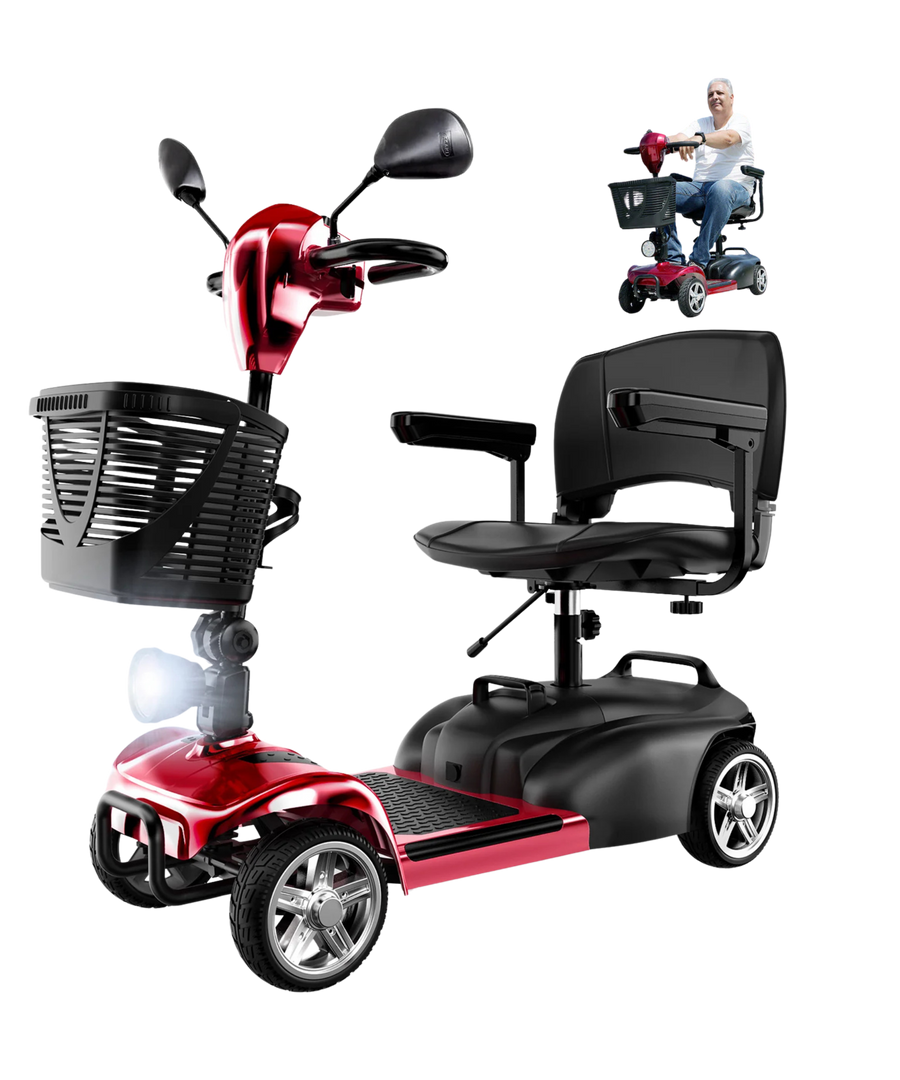
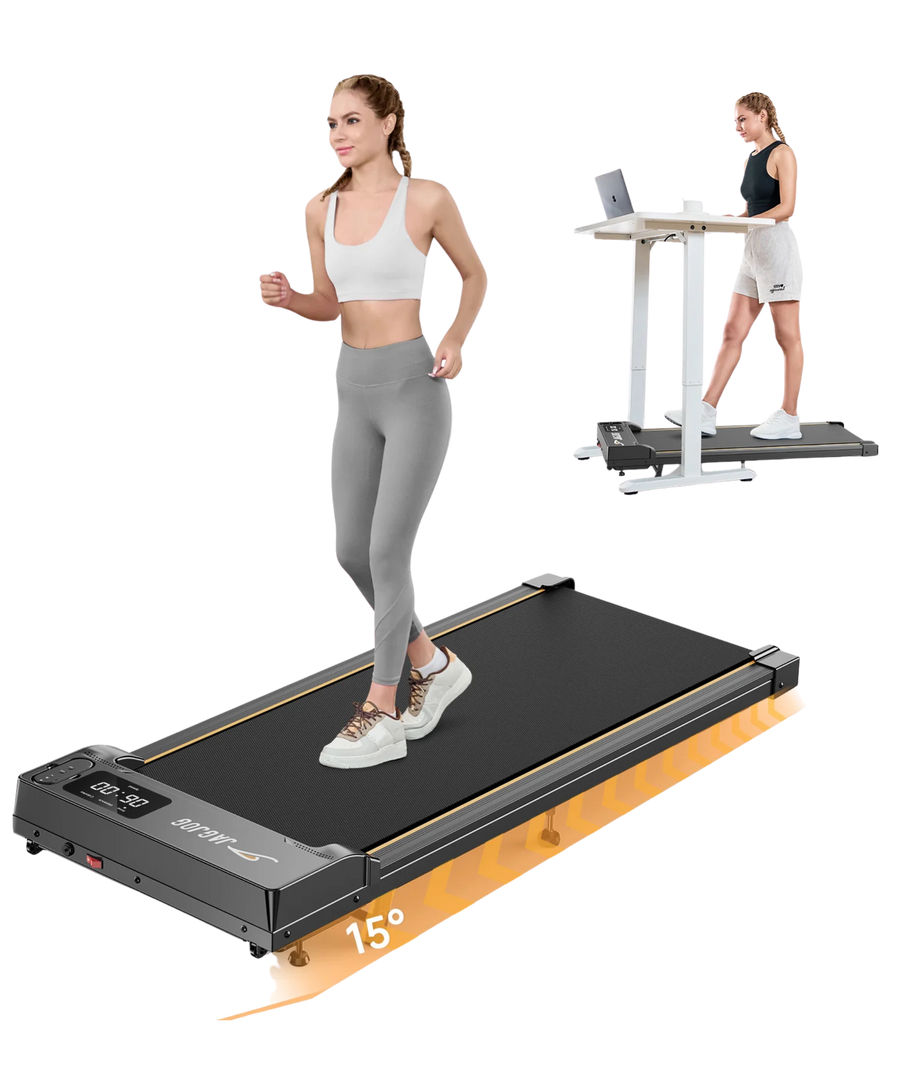
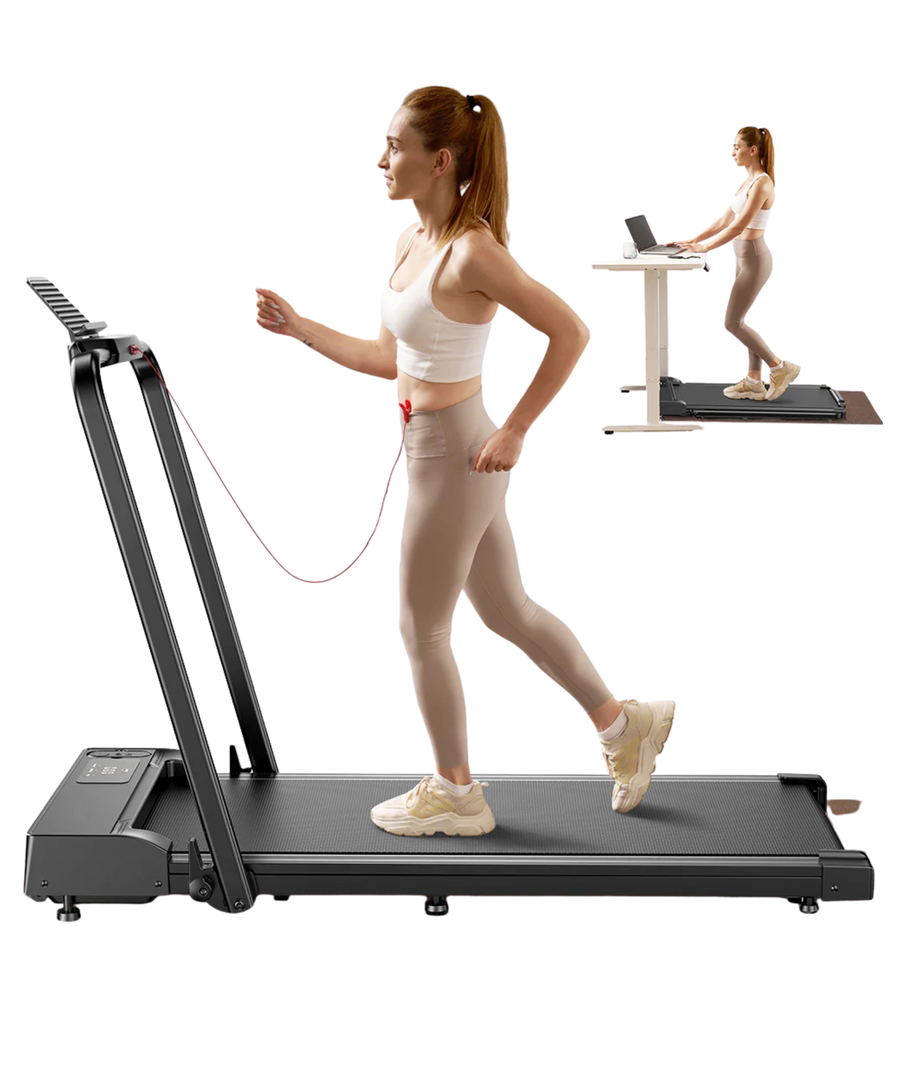
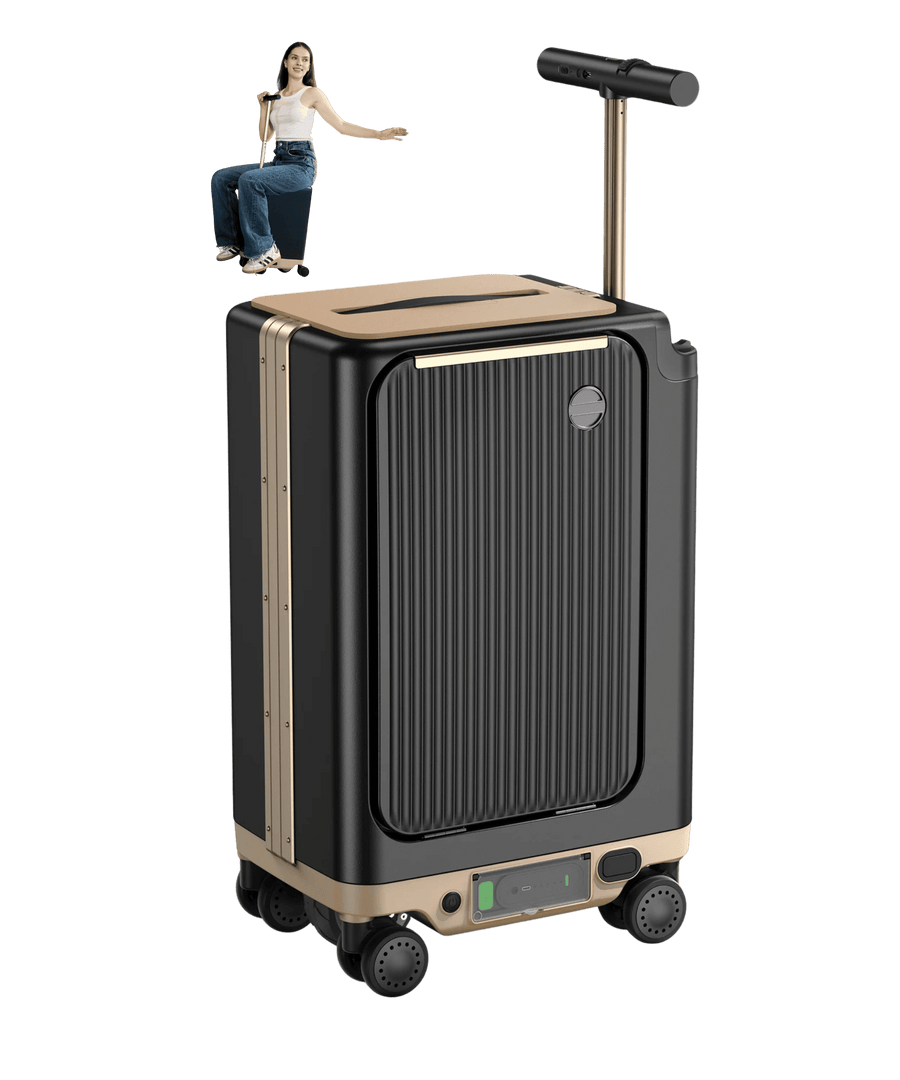




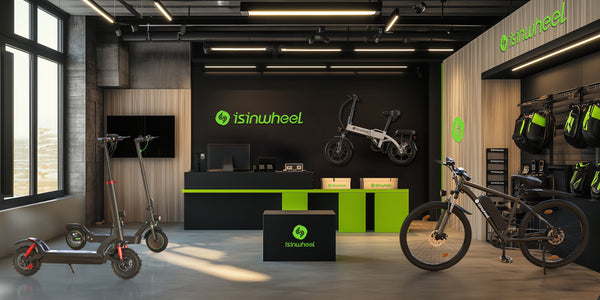
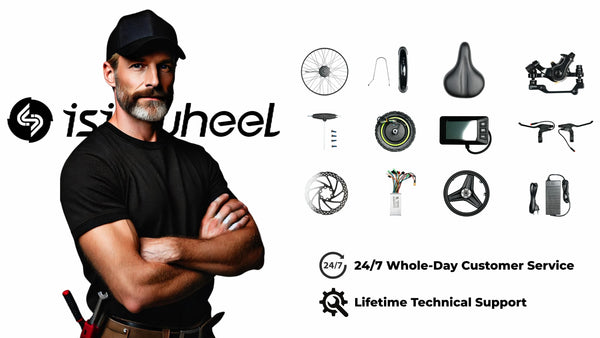
















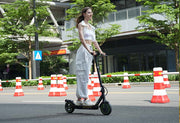
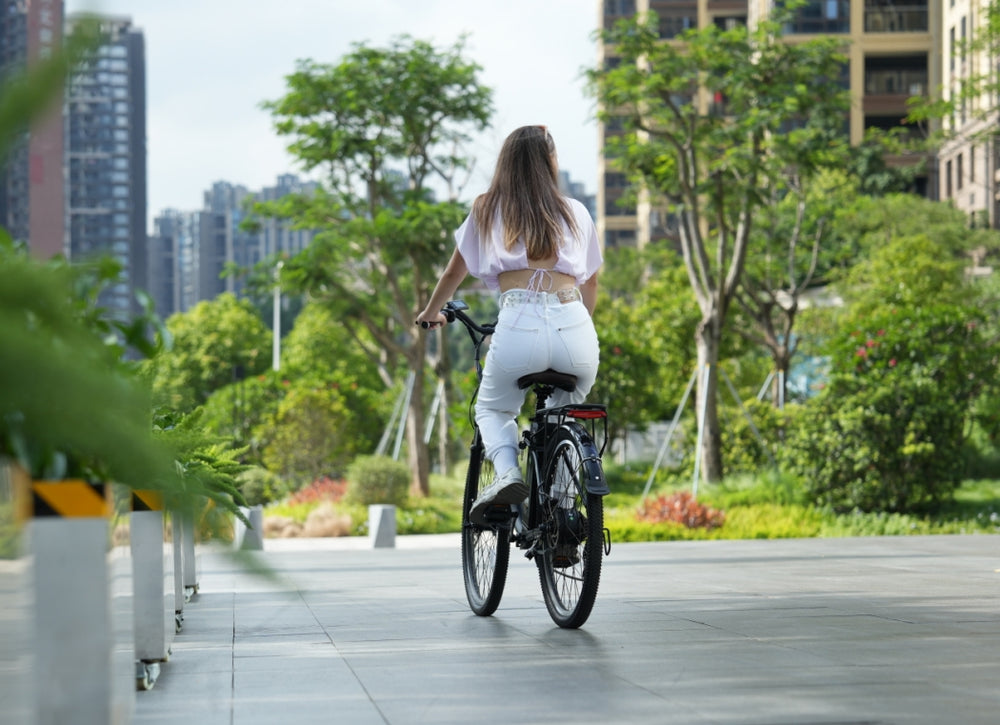
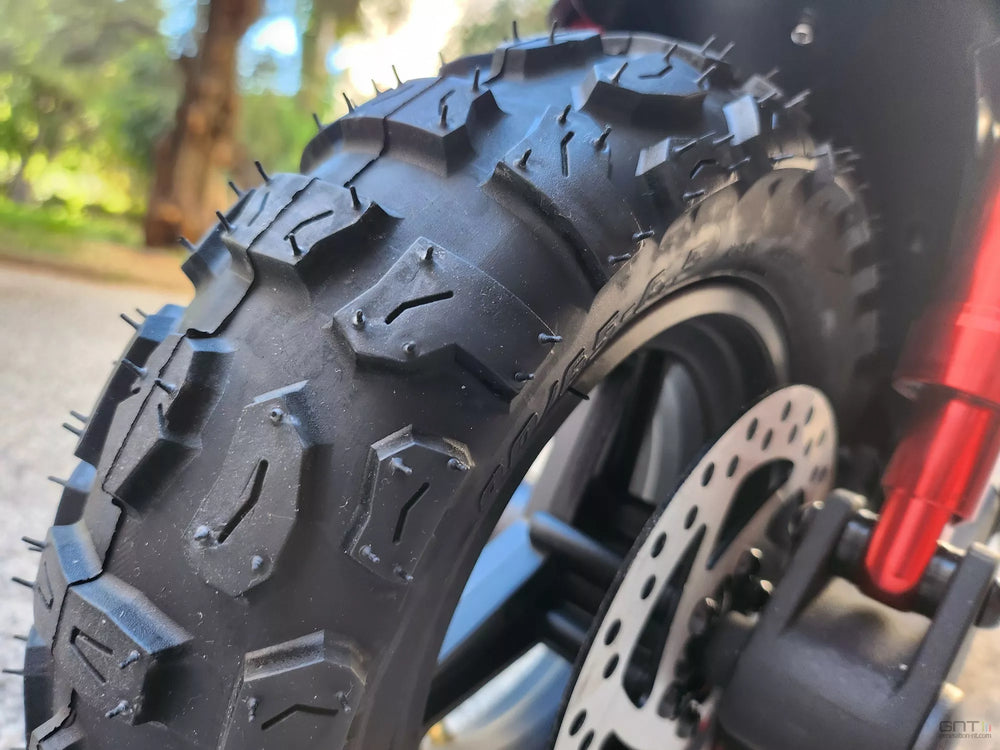
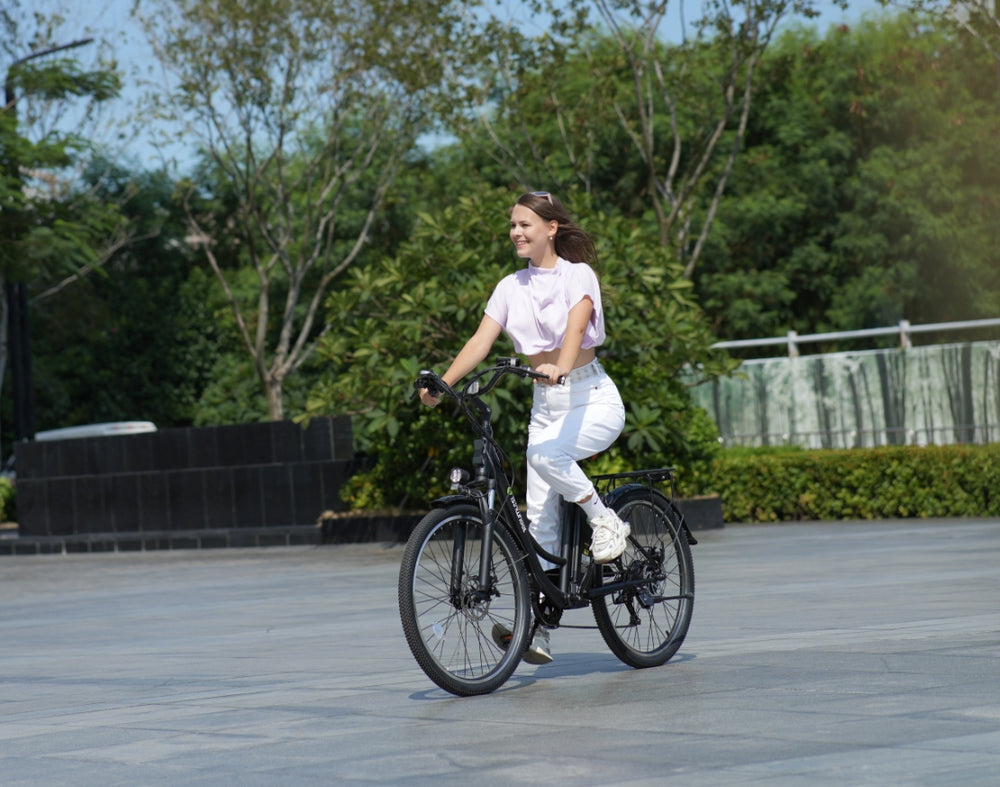
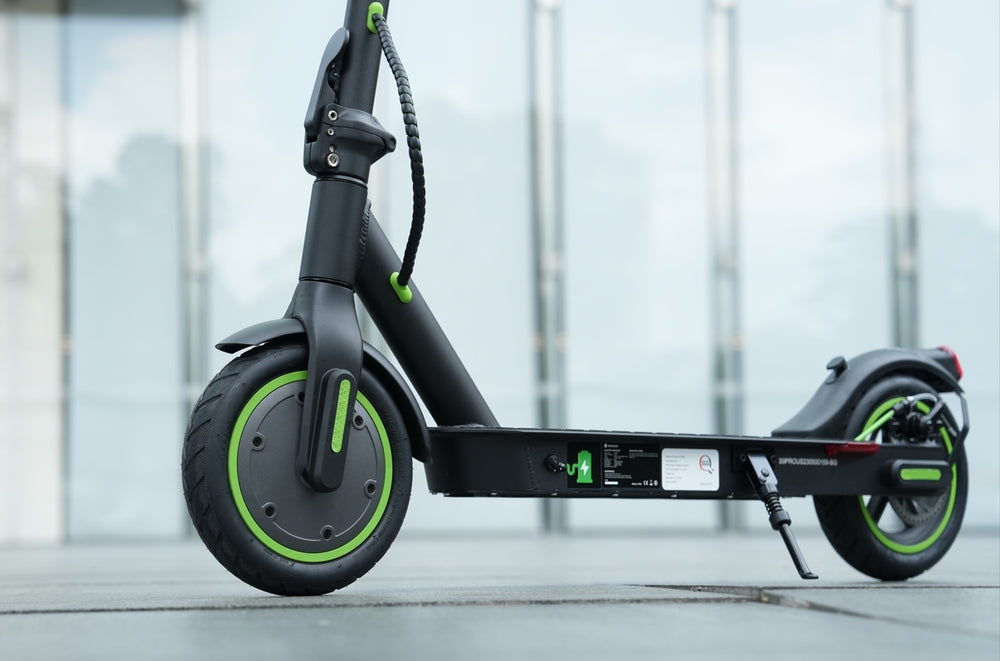
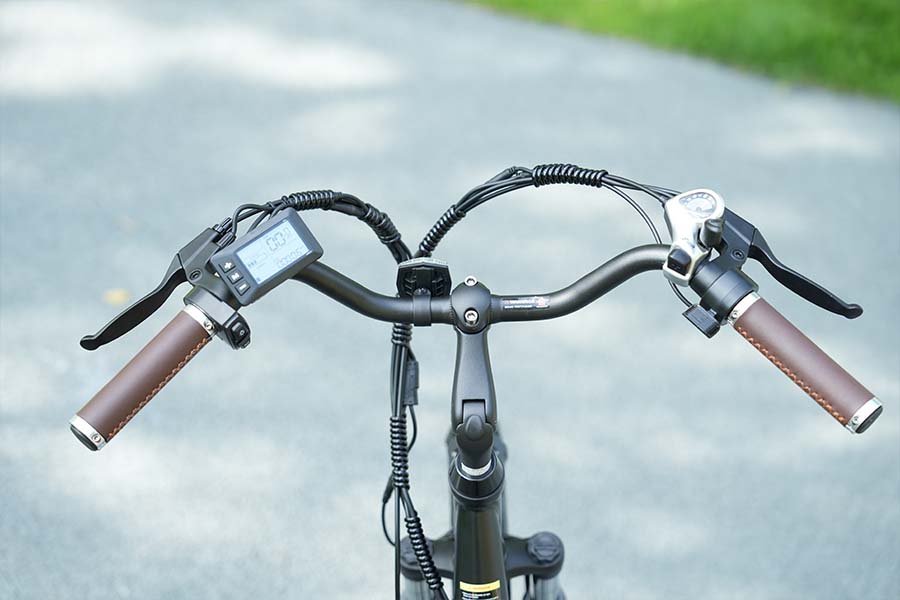
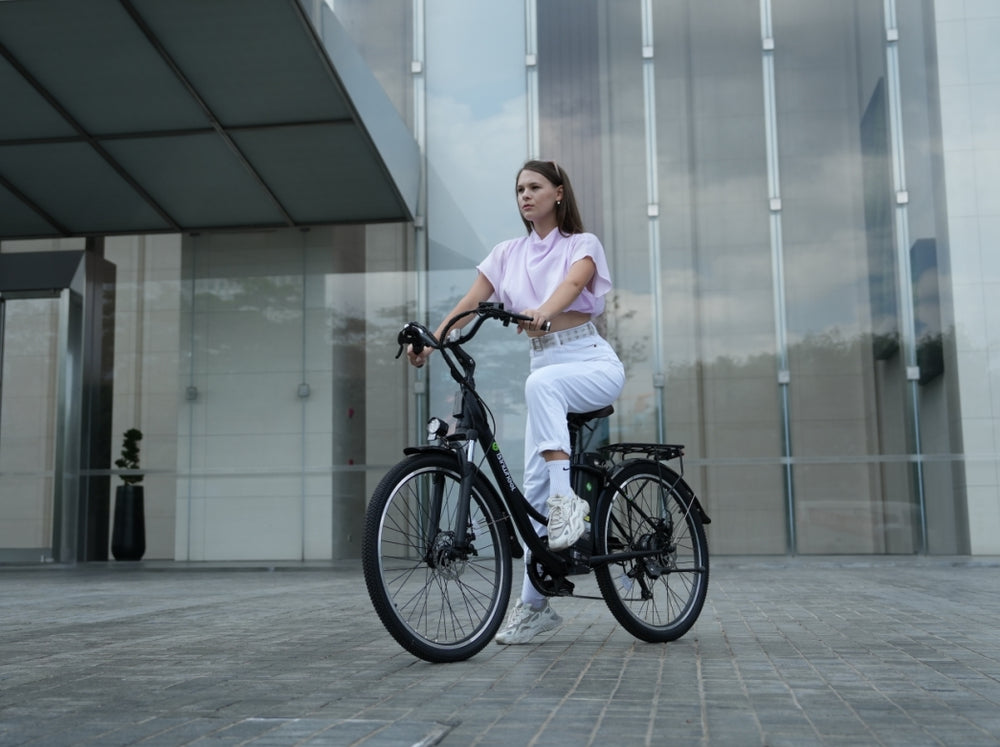
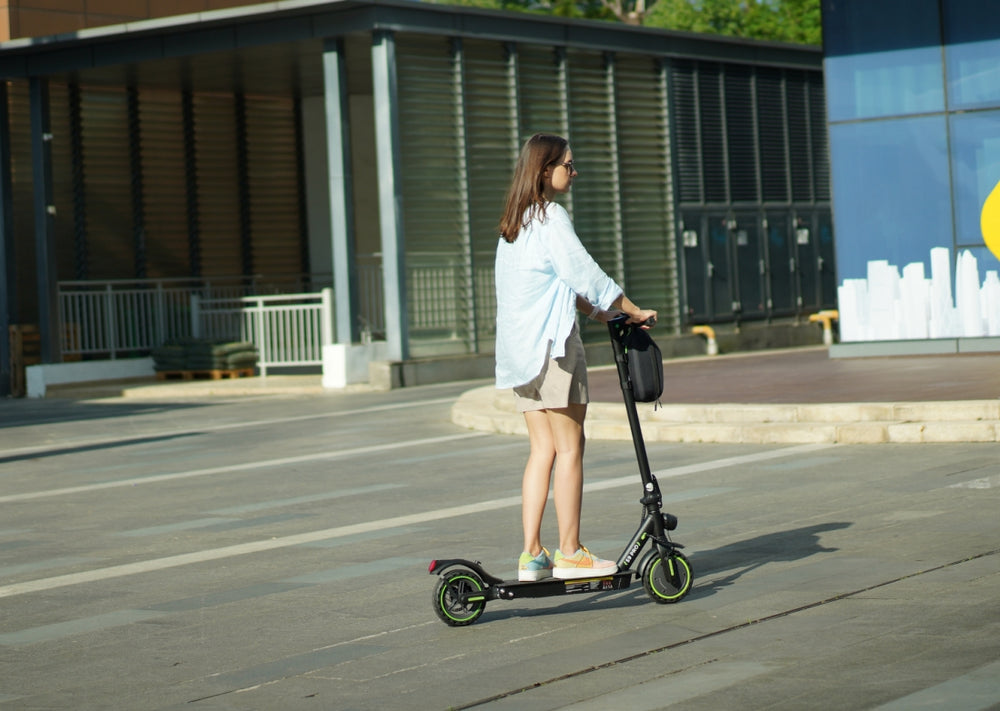
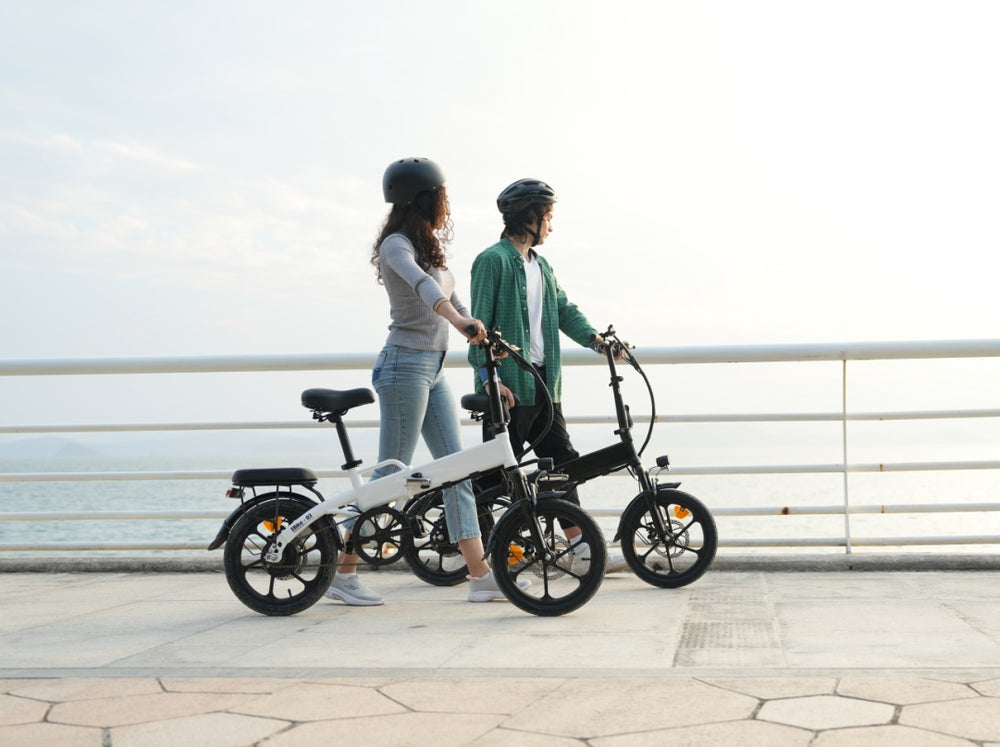
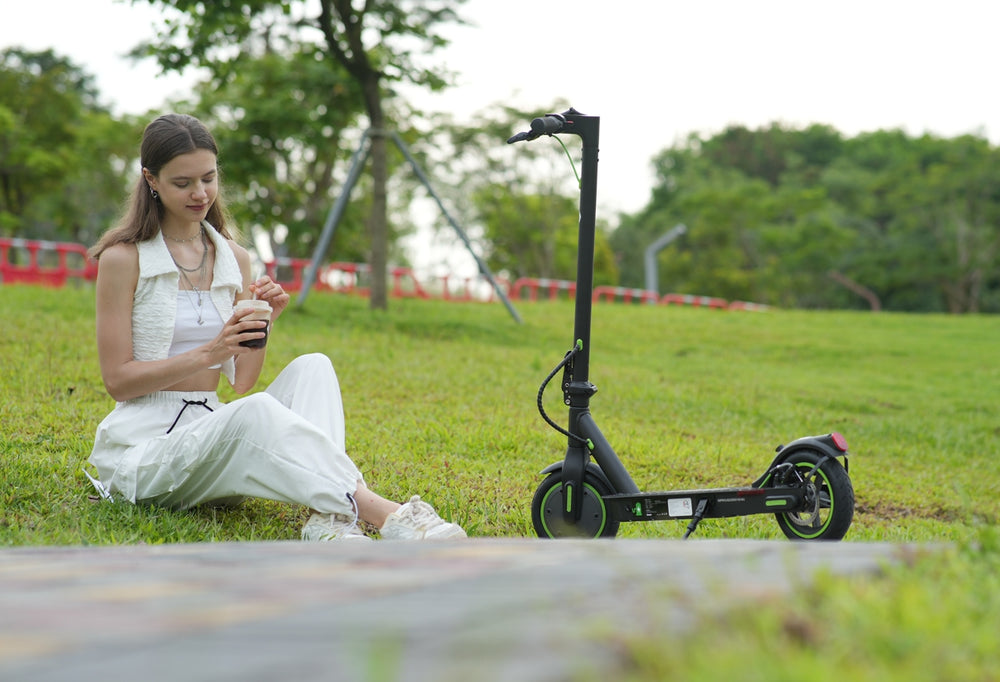
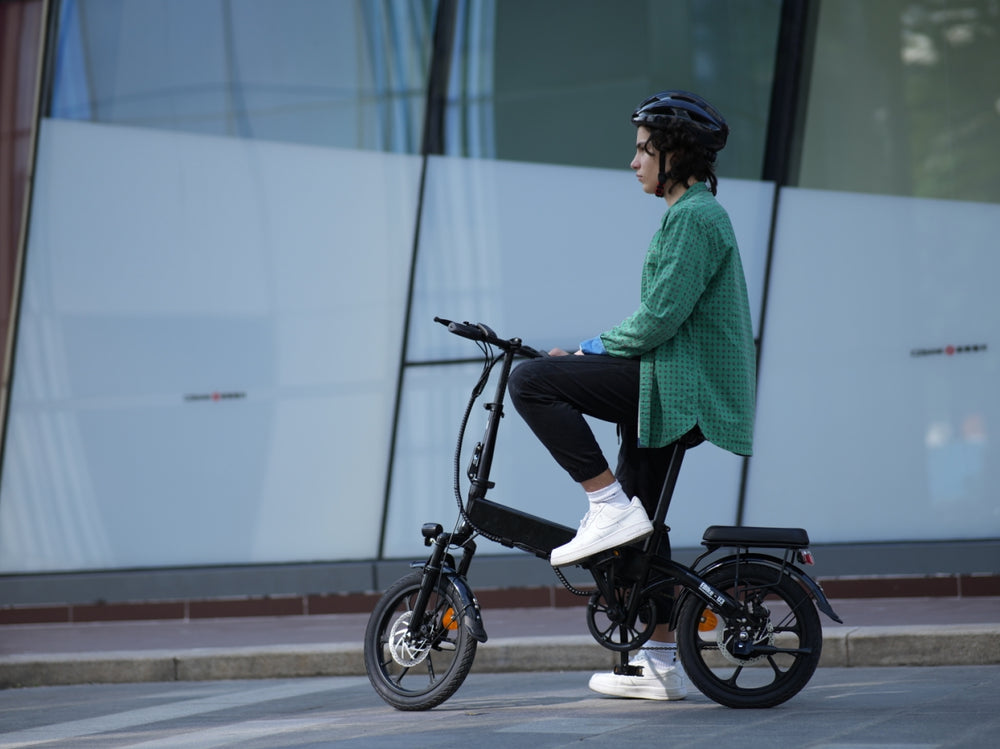
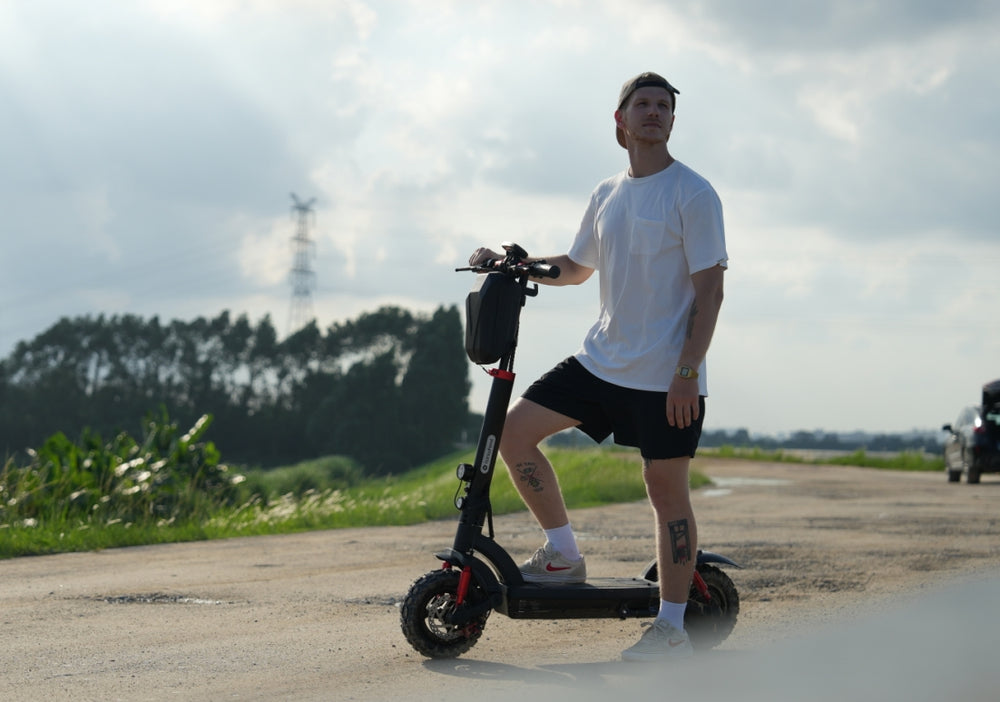
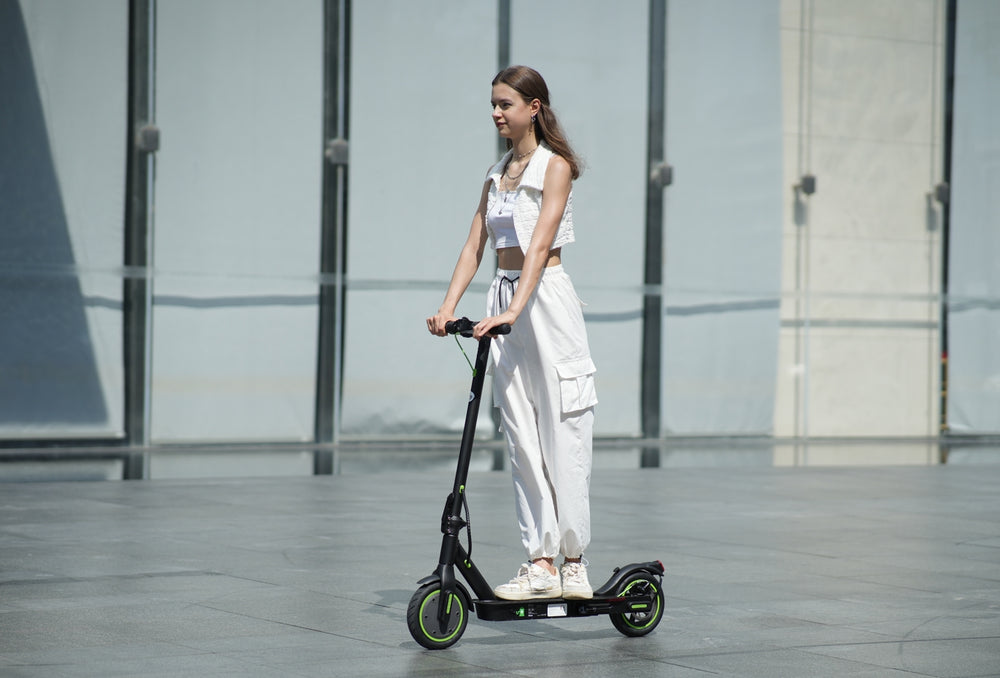
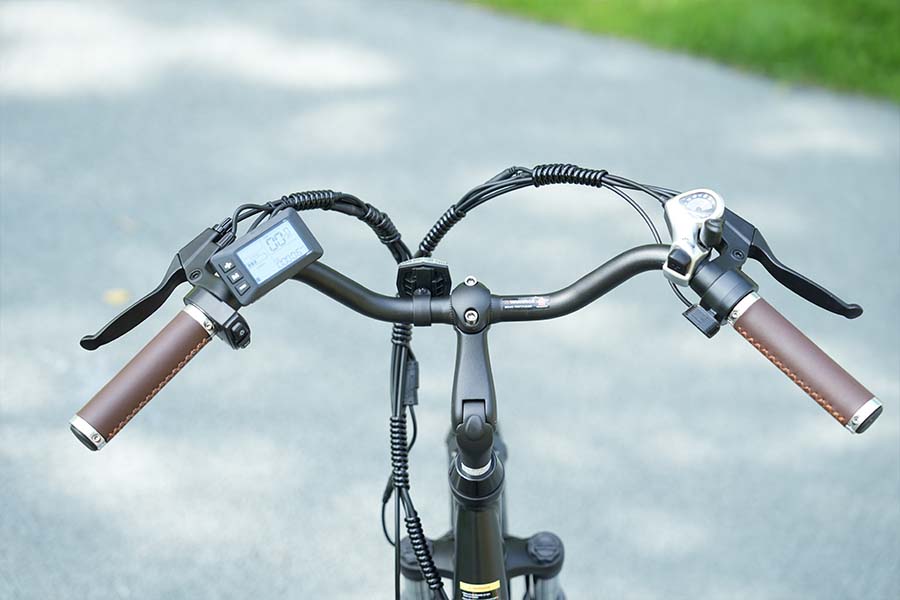
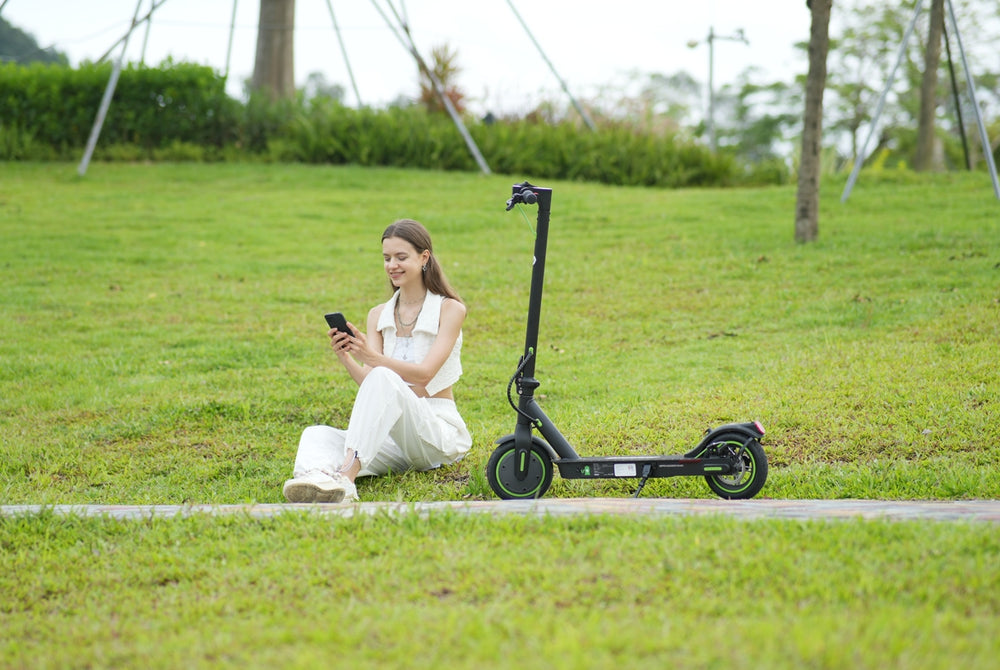
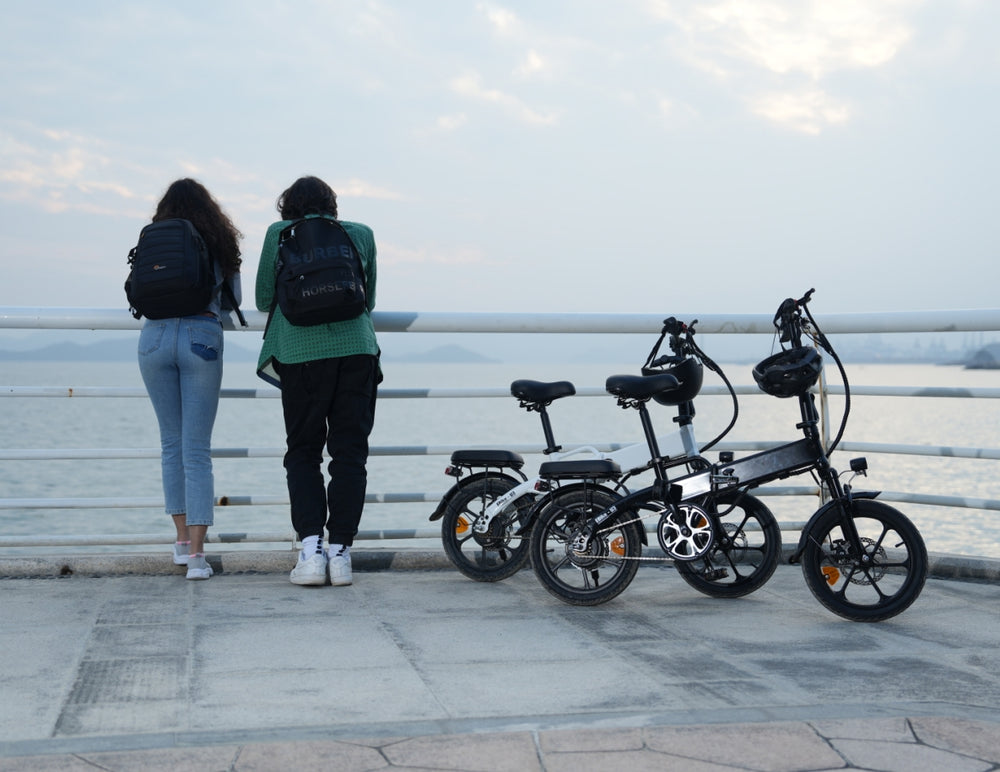
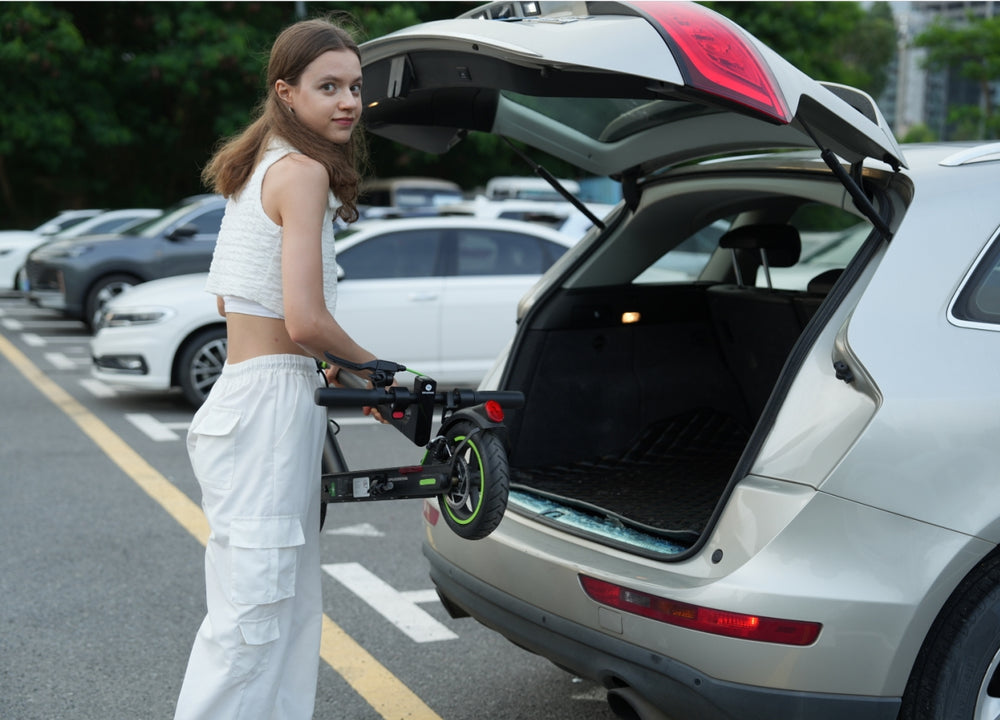

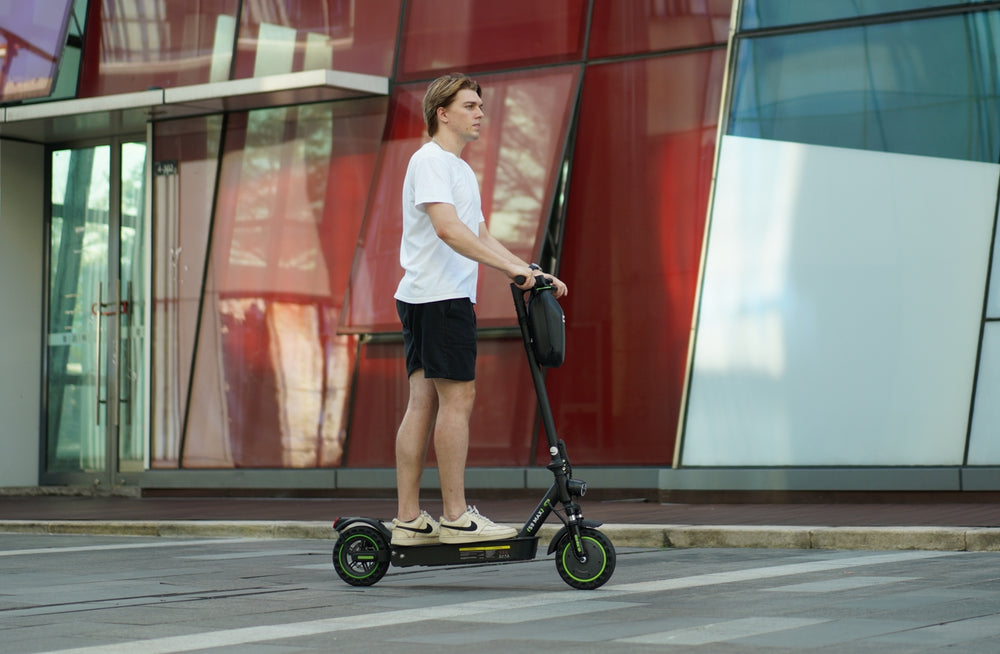
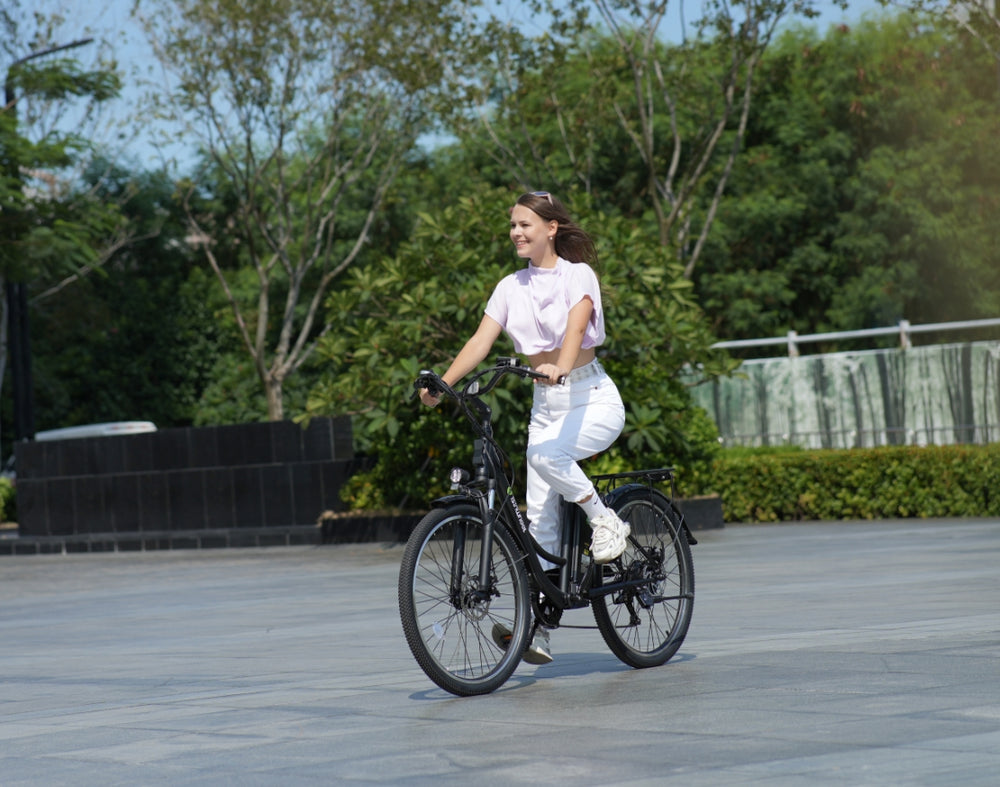

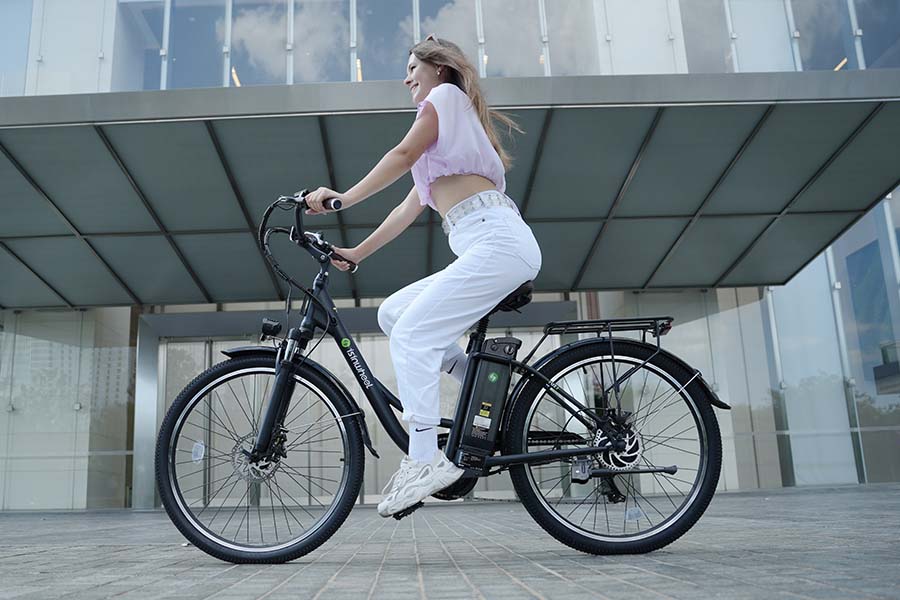
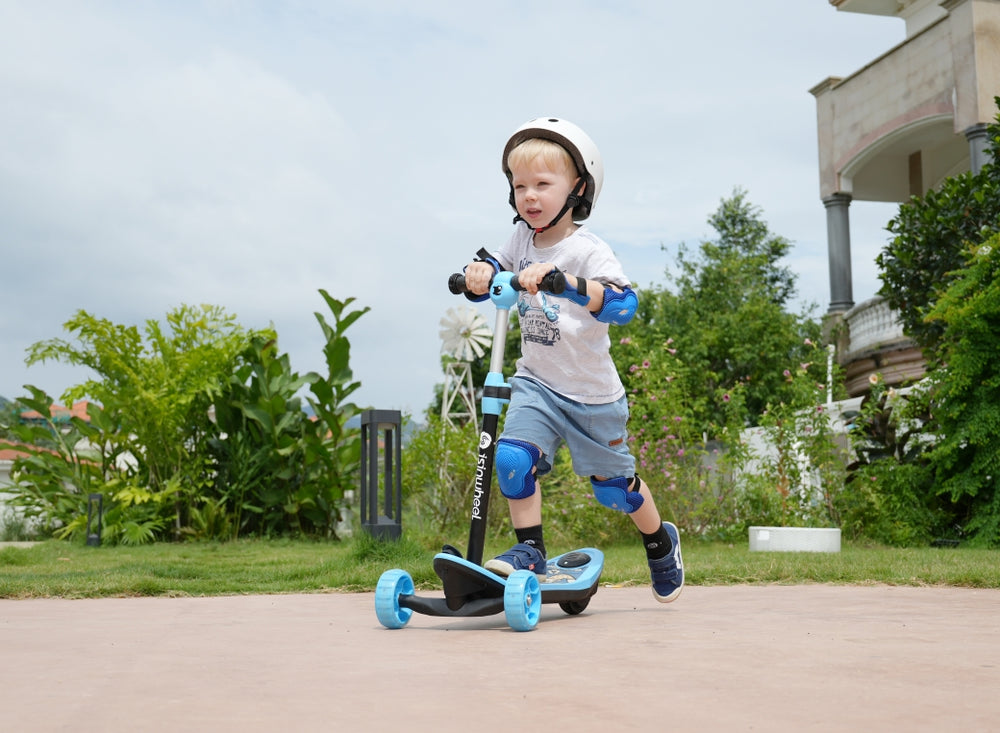

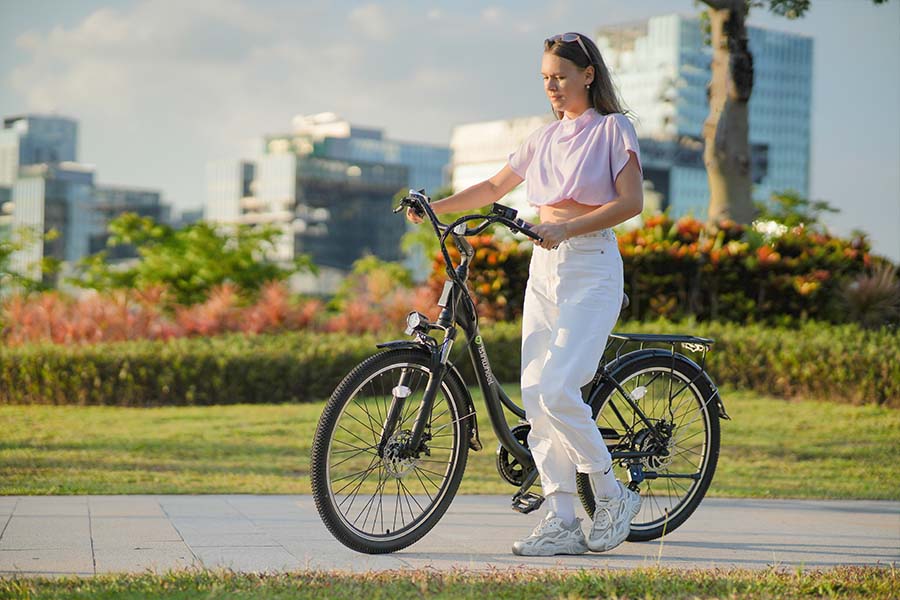
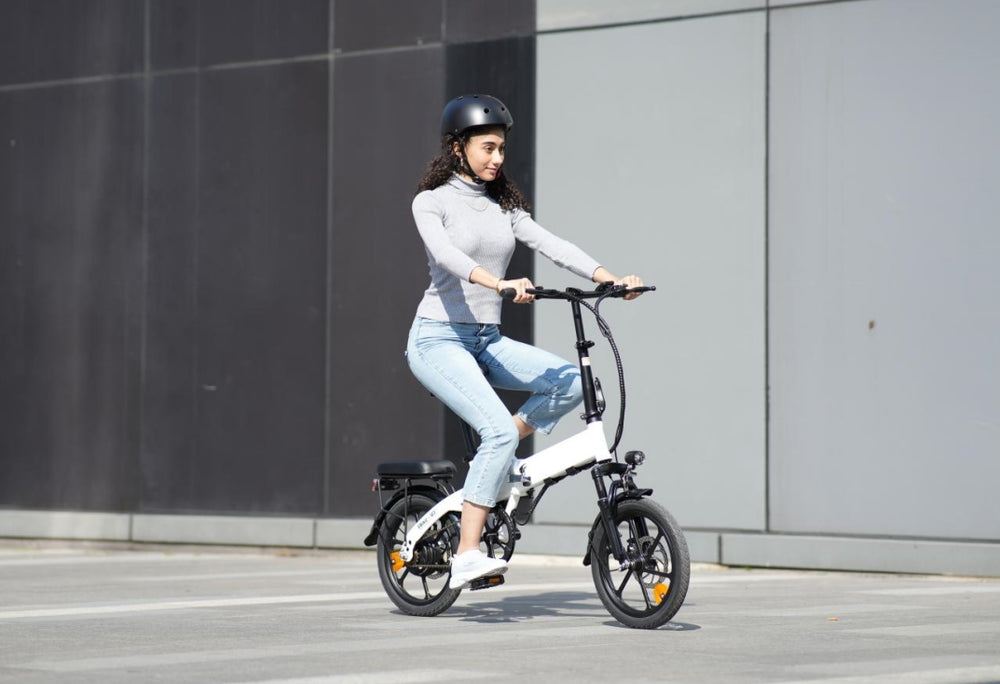
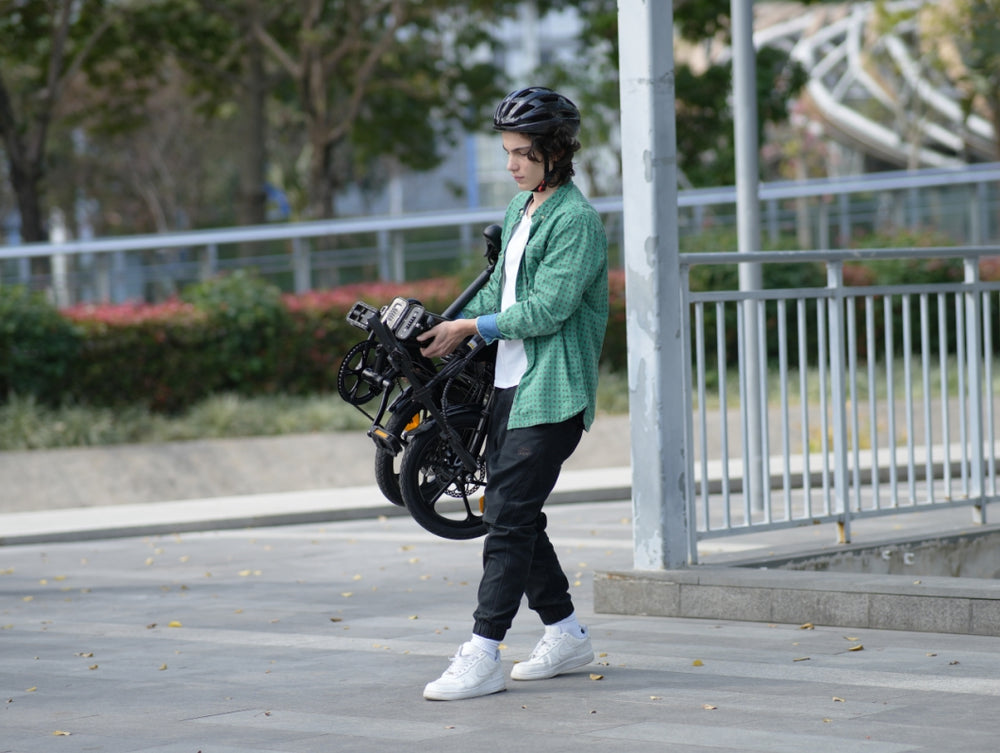
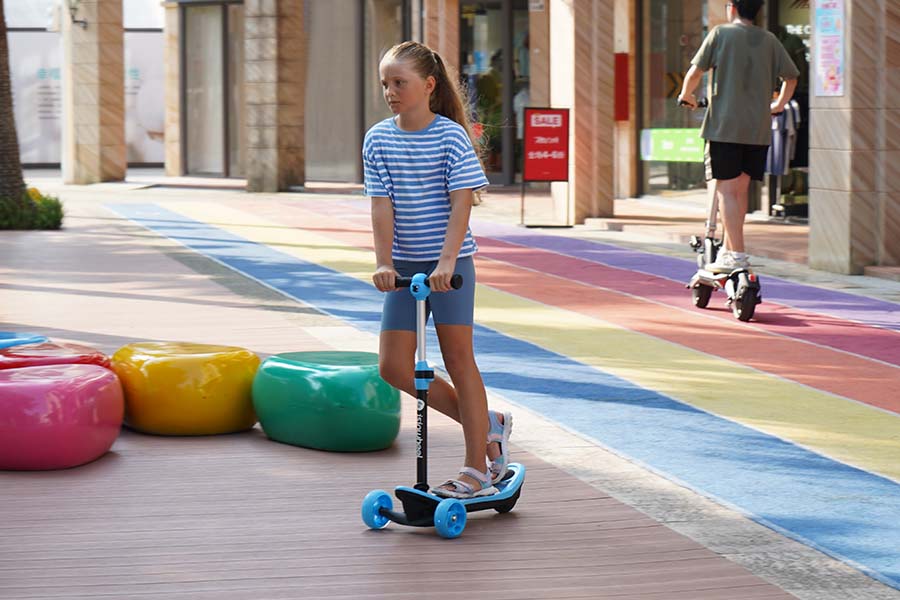

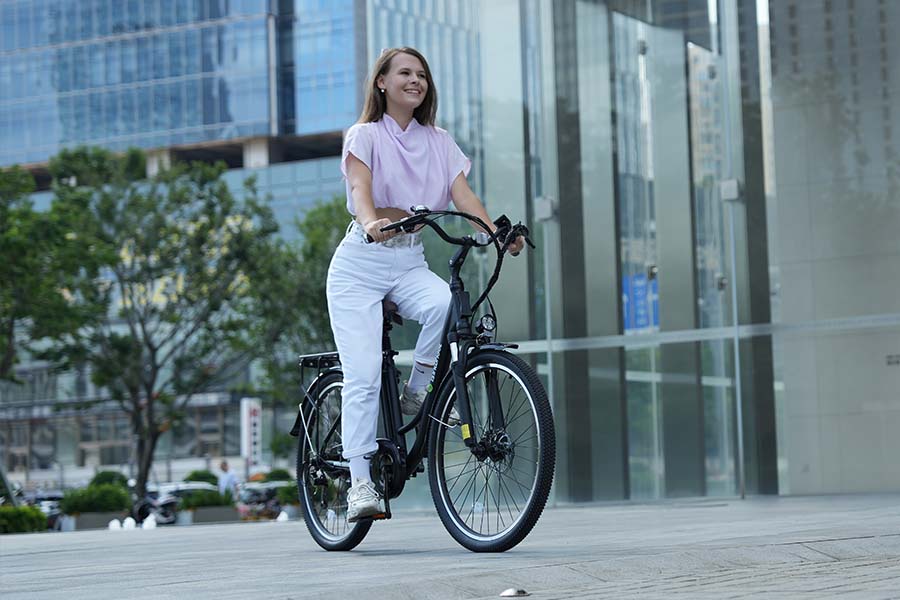

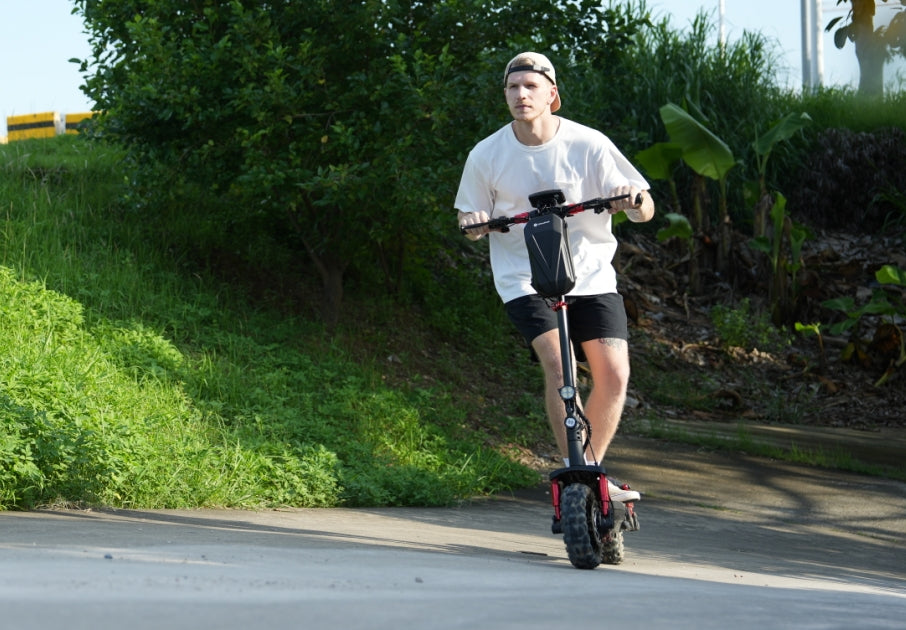

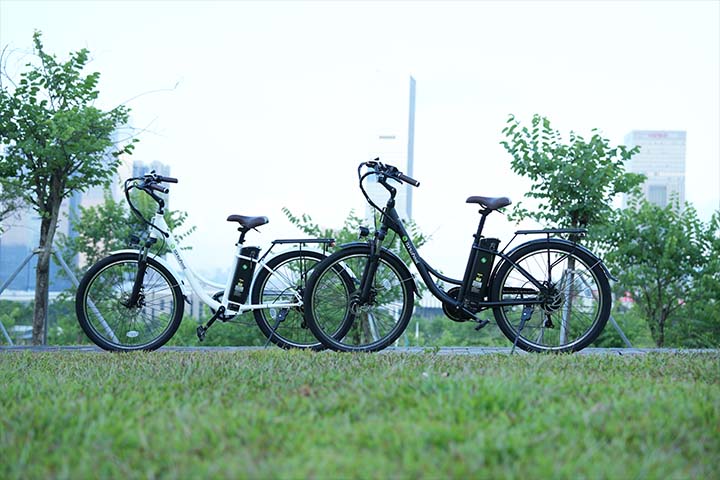

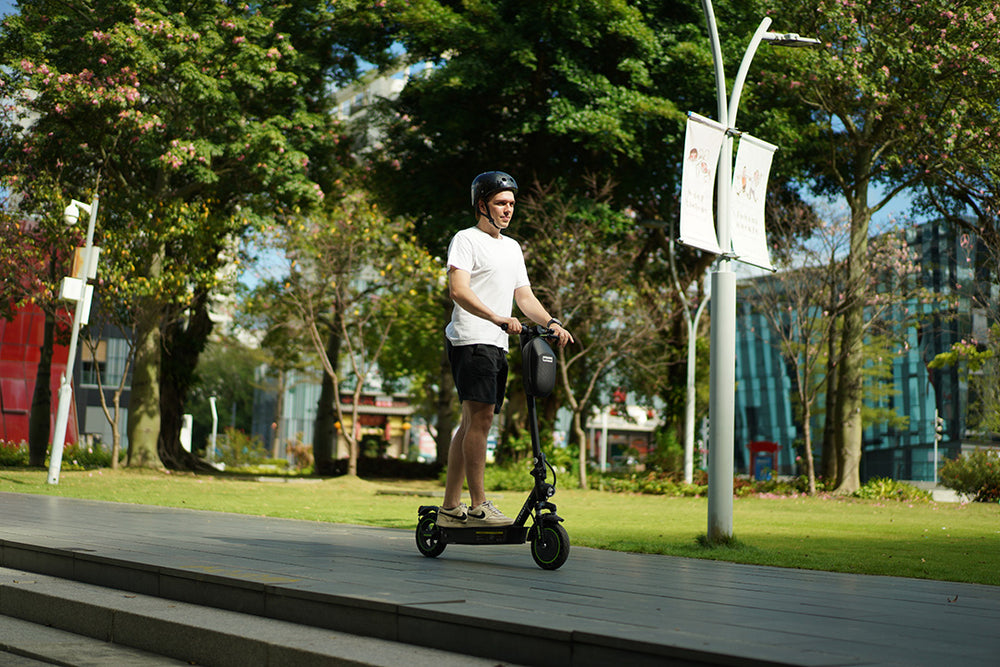
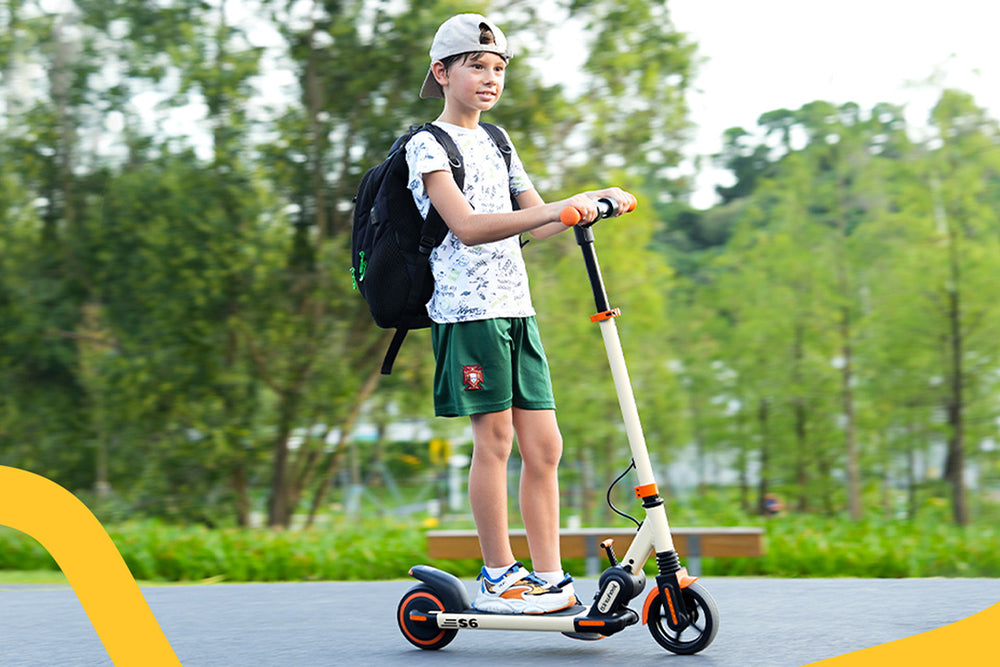
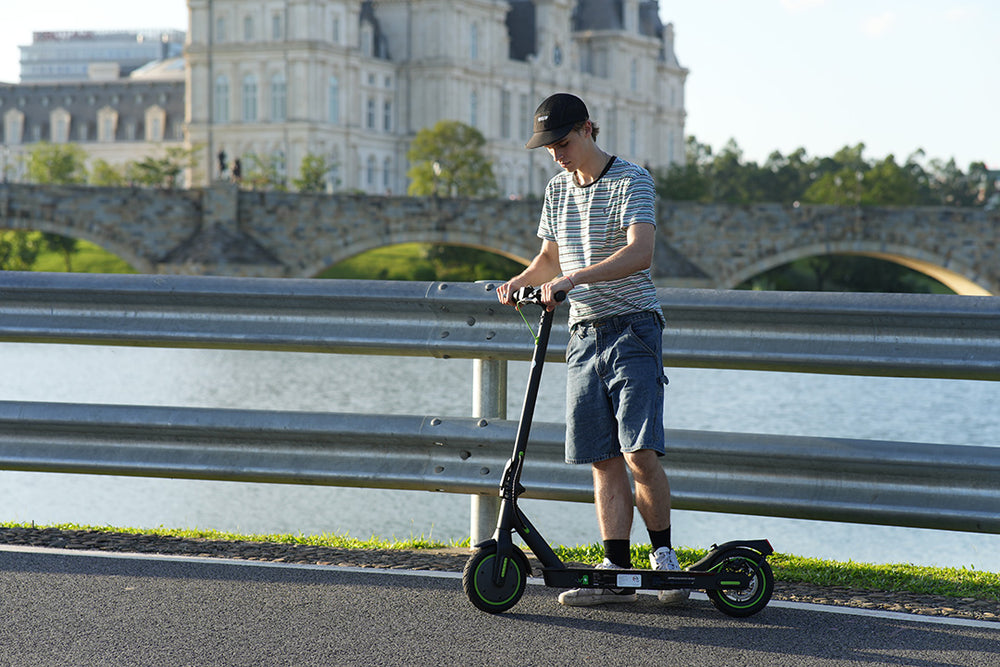
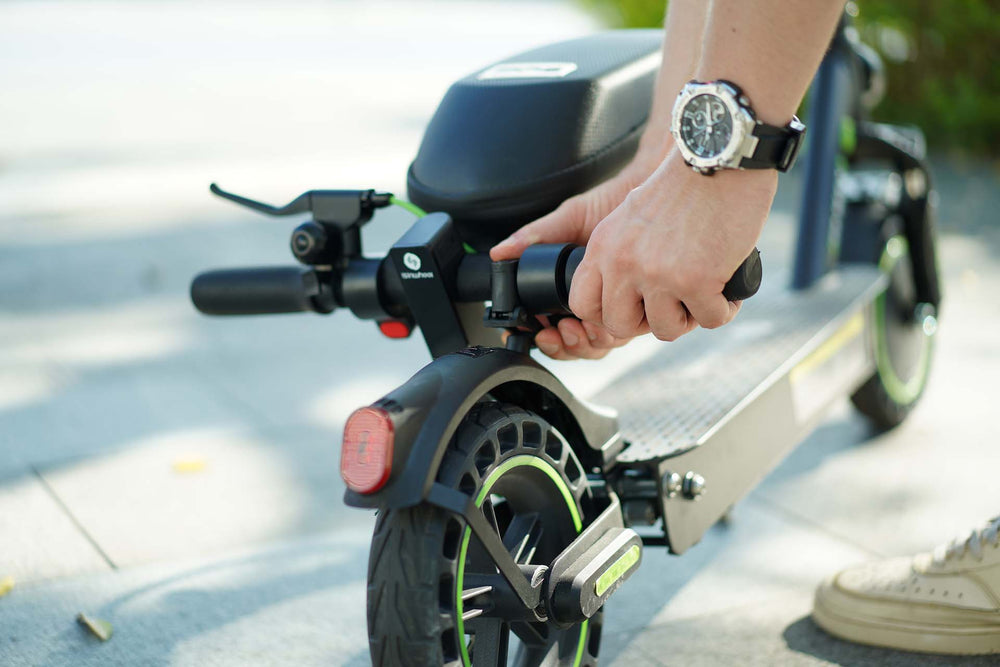





Leave a comment